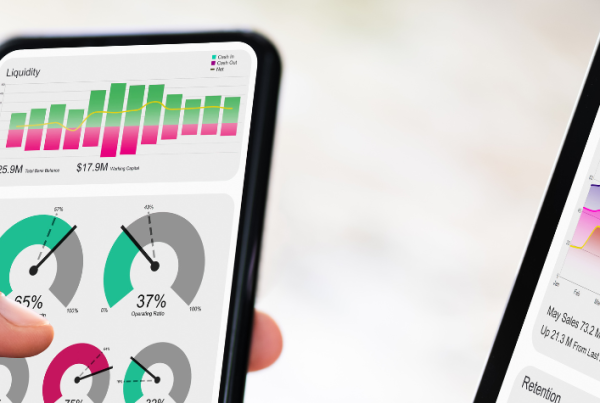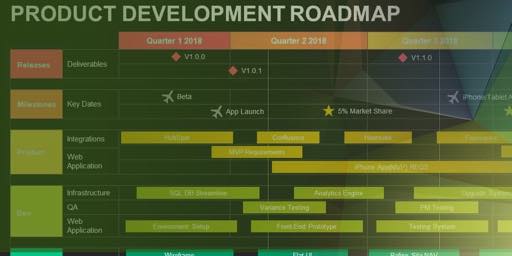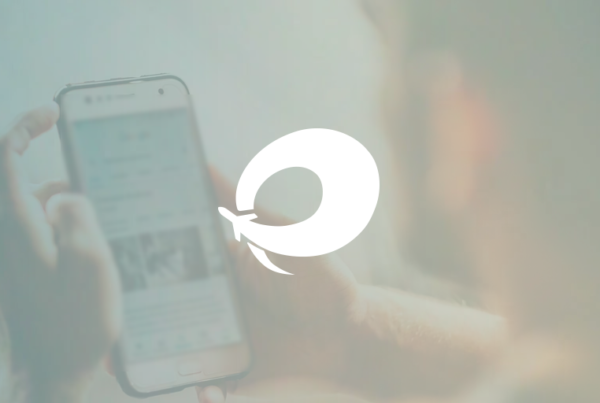An MVP, or minimum viable product, is a stripped-down version of a product used to test market compatibility at a very low cost. When done right, an MVP allows a company to test the waters and improve a product iteratively before its full release. This process minimizes expenses and wasted labor by ensuring only validated features are built. umerous companies use the MVP process, from startups to world-class enterprises. In this blog, we’re going to take a look at some of the most successful MVPs.
Uber
Uber started out as UberCab. The app was built to remove the need to hail cabs by connecting users to taxi drivers. Additionally, it aimed to eliminate the payment process by making payments seamlessly through the application server. UberCab entered the San Francisco market in May 2010 and user feedback started to pour in. By the time the company was ready to expand to other cities, they had added important new features demanded by users in San Francisco. By 2012, uberX was born, which allowed users to become drivers themselves.
Uber started out as a digital taxi hailing service, but today features such as live-tracking of drivers, fare estimates, automatic card payments, fare splitting, and many others. Uber’s MVP shows the progression from a simple MVP app to a full-suite service built for customers.
Instagram’s MVP story is interesting because they entered a saturated photo sharing market. But instead of offering a broad set of functions, Instragram focused entirely on sharing photos. They started with a limited number of filters, quickly gaining a devoted following among hobbyists. By listening to their users, they invested more into the features that were popular, while retiring those that were not. This iterative MVP process ensured they did not squander early funds building features their users did not want.
Seven years later, Instagram is one of the most popular apps in the world. Today, the company offers a wide variety of features, such as Boomerang Stories, direct messaging, a plethora of new filters, and video content support among others. Instagram’s example proves that you do not have to be first-to-market with the most advanced tech. It shows instead that it is more important to do one thing well that your users really want.
Instagram and Uber are just two examples of a philosophy applied correctly. There are thousands of other successful examples from around the world. If used correctly, the MVP method of building an app can be one of your most powerful tools. The dual benefits of saving cash and building a product that people want is a winning combination.

























